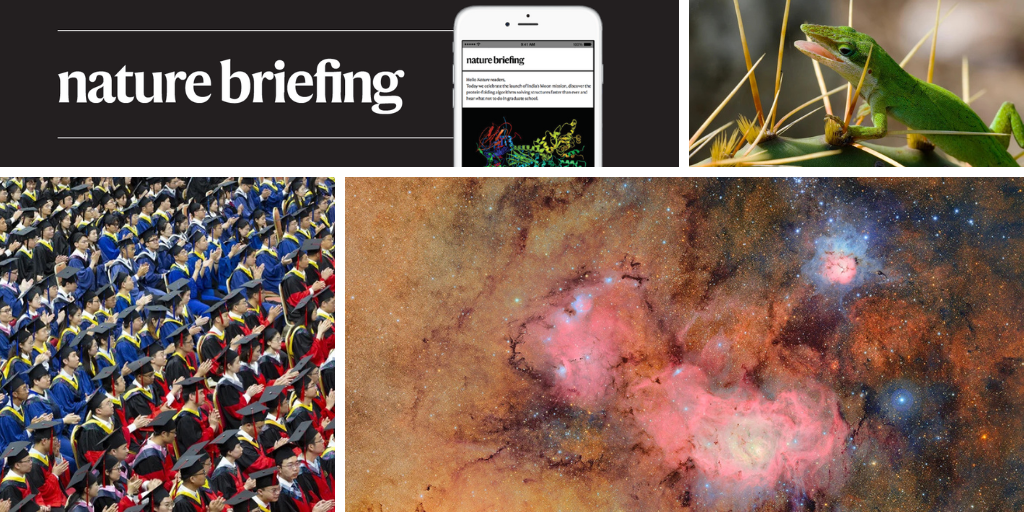
""We go into astronomy because we like to look at the sky - and at the beauty of it," she says."
"Mathematical modelling of data from funding programmes in four countries suggested that those who had early grant success applied more often for future grants than those who didn’t."
"A new model of funding that rewards 'promising but previously unsuccessful applicants' could level the playing field, says social scientist and study co-author Vincent Traag."
"The Vera C. Rubin Observatory in Chile has unveiled the first images taken using its 3,200 megapixel digital camera - the largest in the world."
The Vera C. Rubin Observatory in Chile has debuted the world's largest 3,200 megapixel digital camera, providing initial images that showcase the aesthetic beauty of the cosmos. These images serve not just for research but remind us of the joy and wonder that drives astronomers. Additionally, recent research uncovers the 'Matthew effect' in academia, where early grant success leads to further opportunities. This trend creates disparities in funding access, prompting calls for systemic change that supports less fortunate yet promising applicants.
Read at Nature
Unable to calculate read time
Collection
[
|
...
]